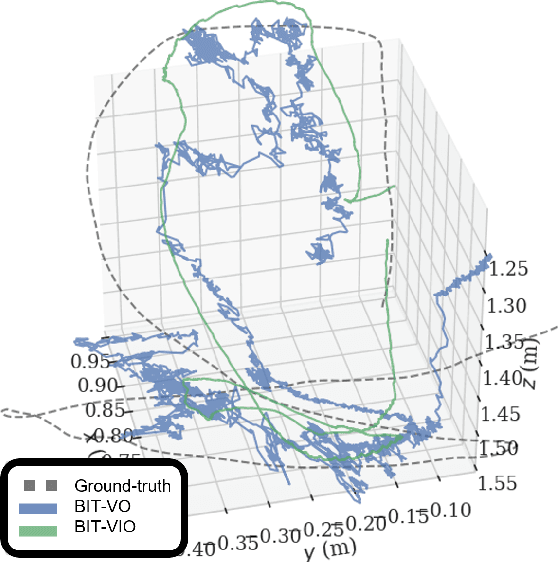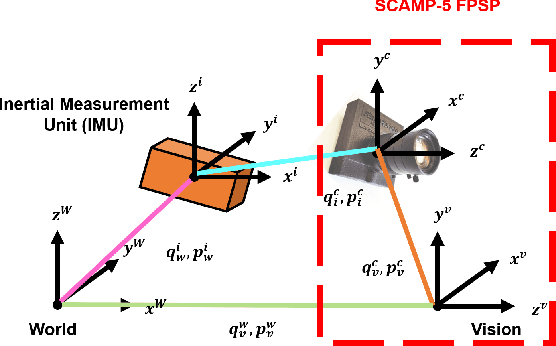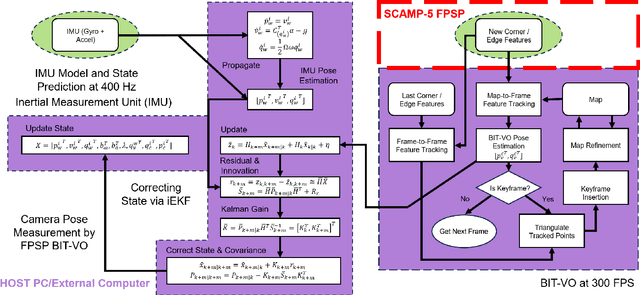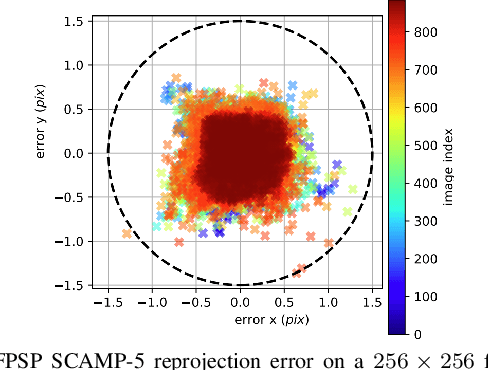Matthew Lisondra
Embodied AI with Foundation Models for Mobile Service Robots: A Systematic Review
May 26, 2025Abstract:Rapid advancements in foundation models, including Large Language Models, Vision-Language Models, Multimodal Large Language Models, and Vision-Language-Action Models have opened new avenues for embodied AI in mobile service robotics. By combining foundation models with the principles of embodied AI, where intelligent systems perceive, reason, and act through physical interactions, robots can improve understanding, adapt to, and execute complex tasks in dynamic real-world environments. However, embodied AI in mobile service robots continues to face key challenges, including multimodal sensor fusion, real-time decision-making under uncertainty, task generalization, and effective human-robot interactions (HRI). In this paper, we present the first systematic review of the integration of foundation models in mobile service robotics, identifying key open challenges in embodied AI and examining how foundation models can address them. Namely, we explore the role of such models in enabling real-time sensor fusion, language-conditioned control, and adaptive task execution. Furthermore, we discuss real-world applications in the domestic assistance, healthcare, and service automation sectors, demonstrating the transformative impact of foundation models on service robotics. We also include potential future research directions, emphasizing the need for predictive scaling laws, autonomous long-term adaptation, and cross-embodiment generalization to enable scalable, efficient, and robust deployment of foundation models in human-centric robotic systems.
Inverse k-visibility for RSSI-based Indoor Geometric Mapping
Aug 14, 2024Abstract:In recent years, the increased availability of WiFi in indoor environments has gained an interest in the robotics community to leverage WiFi signals for enhancing indoor SLAM (Simultaneous Localization and Mapping) systems. SLAM technology is widely used, especially for the navigation and control of autonomous robots. This paper discusses various works in developing WiFi-based localization and challenges in achieving high-accuracy geometric maps. This paper introduces the concept of inverse k-visibility developed from the k-visibility algorithm to identify the free space in an unknown environment for planning, navigation, and obstacle avoidance. Comprehensive experiments, including those utilizing single and multiple RSSI signals, were conducted in both simulated and real-world environments to demonstrate the robustness of the proposed algorithm. Additionally, a detailed analysis comparing the resulting maps with ground-truth Lidar-based maps is provided to highlight the algorithm's accuracy and reliability.
Visual Inertial Odometry using Focal Plane Binary Features (BIT-VIO)
Mar 14, 2024



Abstract:Focal-Plane Sensor-Processor Arrays (FPSP)s are an emerging technology that can execute vision algorithms directly on the image sensor. Unlike conventional cameras, FPSPs perform computation on the image plane -- at individual pixels -- enabling high frame rate image processing while consuming low power, making them ideal for mobile robotics. FPSPs, such as the SCAMP-5, use parallel processing and are based on the Single Instruction Multiple Data (SIMD) paradigm. In this paper, we present BIT-VIO, the first Visual Inertial Odometry (VIO) which utilises SCAMP-5.BIT-VIO is a loosely-coupled iterated Extended Kalman Filter (iEKF) which fuses together the visual odometry running fast at 300 FPS with predictions from 400 Hz IMU measurements to provide accurate and smooth trajectories.
 Add to Chrome
Add to Chrome Add to Firefox
Add to Firefox Add to Edge
Add to Edge